

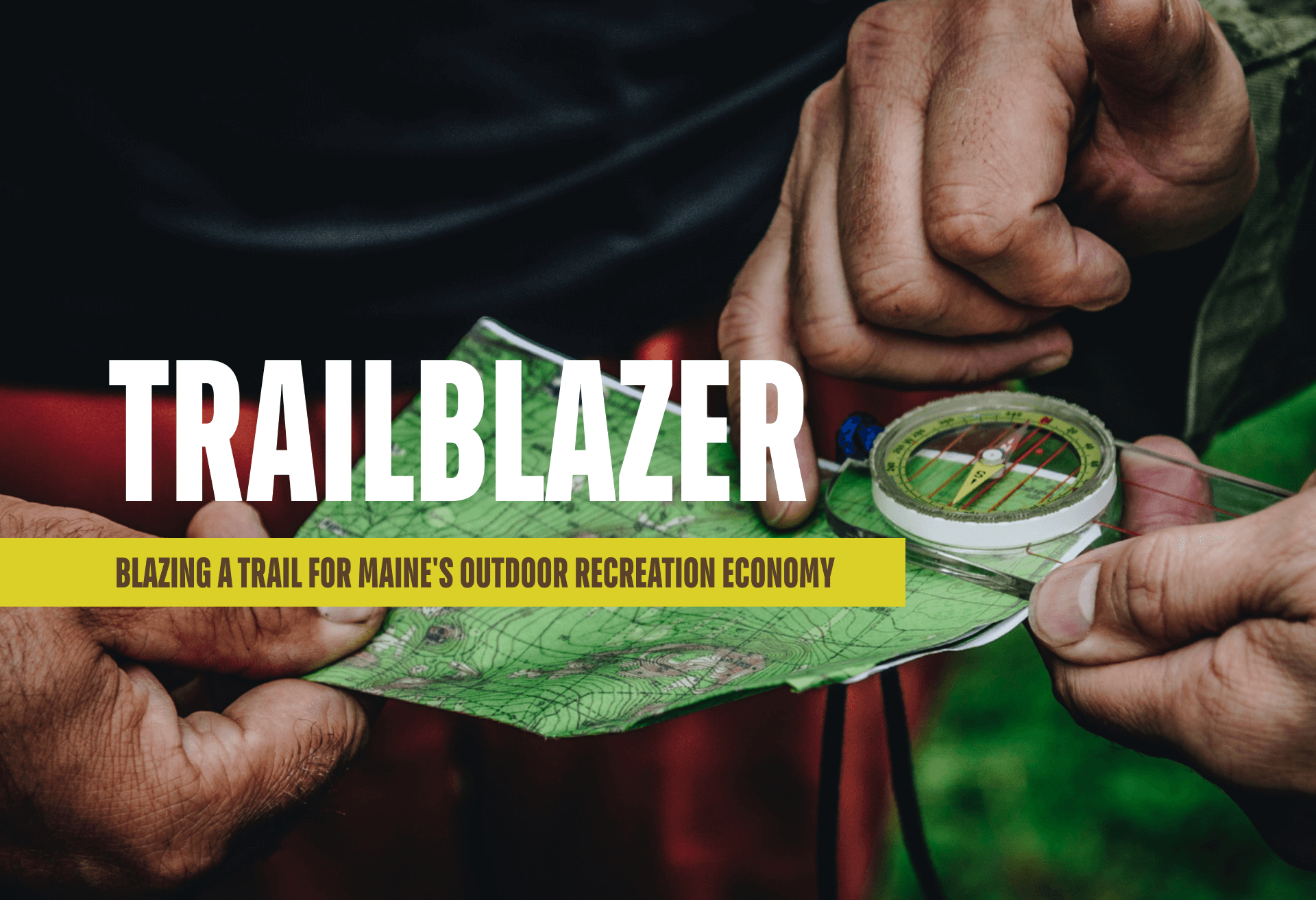


There’s no shortage of outdoor recreation in the Pine Tree State, but there’s still plenty of potential. That’s why we’re blazing a trail for Maine’s outdoor recreation economy — not only to sustain it, but to help it grow for years to come. This Roadmap will affect everyone in Maine, including you.
Add Your Voicewhat is the maine outdoor recreation economy roadmap?

Outdoor recreation contributes $3.3B to Maine’s economy, nearly 4% of the state’s GDP. The Trailblazer Roadmap will identify trends, challenges, and opportunities for sustainable growth and diversification of this rapidly growing industry.
As a collaboration of industry, communities, government, and higher education, the Roadmap will increase the awareness and understanding of the different sectors that define Maine’s outdoor recreation economy. In short, the Roadmap aims to support, inform, and grow Maine’s resilient outdoor recreation economy that offers good paying jobs and an unmatched quality of life.
This effort will define Maine’s outdoor recreation economy and its potential, produce a baseline analysis of the value of Maine’s outdoor economy, identify key strategies needed to fuel growth of the state’s outdoor economy for the next ten years, and form partnerships and collaborations for investment into Maine’s future.
We believe Maine’s outdoor recreation potential is as limitless as its natural beauty.
Take a look at the Maine outdoors, by the numbers:
$3.3B
outdoor recreation industry
3,500
miles of coastline
17,000,000
acres of forest
6,000
lakes and ponds
2,000
coastal islands
$3.3B
outdoor recreation industry
3,500
miles of coastline
17,000,000
acres of forest
6,000
lakes and ponds
2,000
coastal islands
Thriving Economy
Long-term Prosperity
Good Paying Jobs
Unmatched Quality of Life
The Roadmap is a project of Maine Outdoor Brands, the University of Maine, and Maine Office of Outdoor Recreation. It is funded by the ARPA Travel, Tourism, and Outdoor Recreation grant program through the U.S. Economic Development Administration.


Latest news
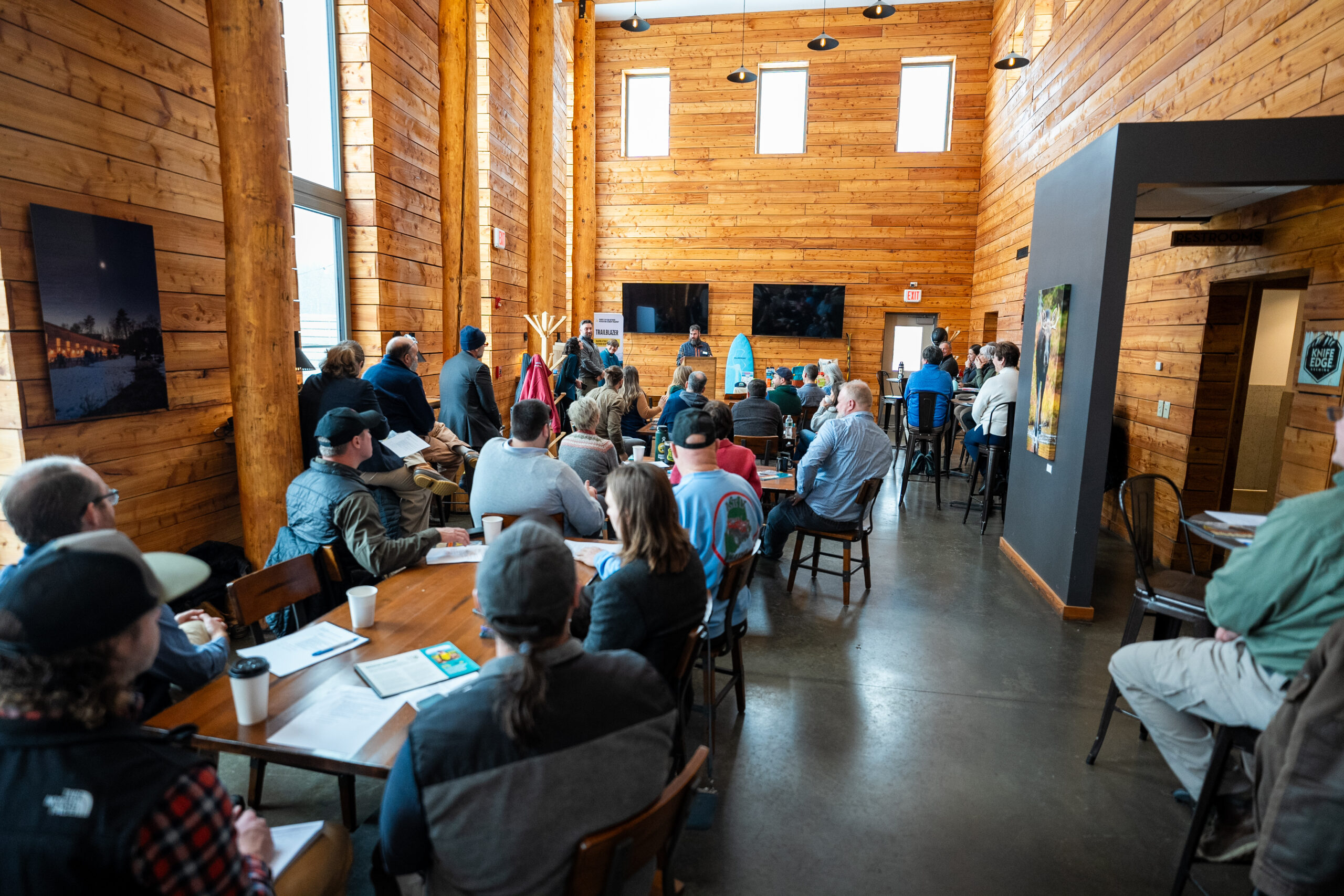
In the News
Statewide Coalition Unveils 10-Year Roadmap to Strengthen State’s $3.4B Outdoor Recreation Economy…
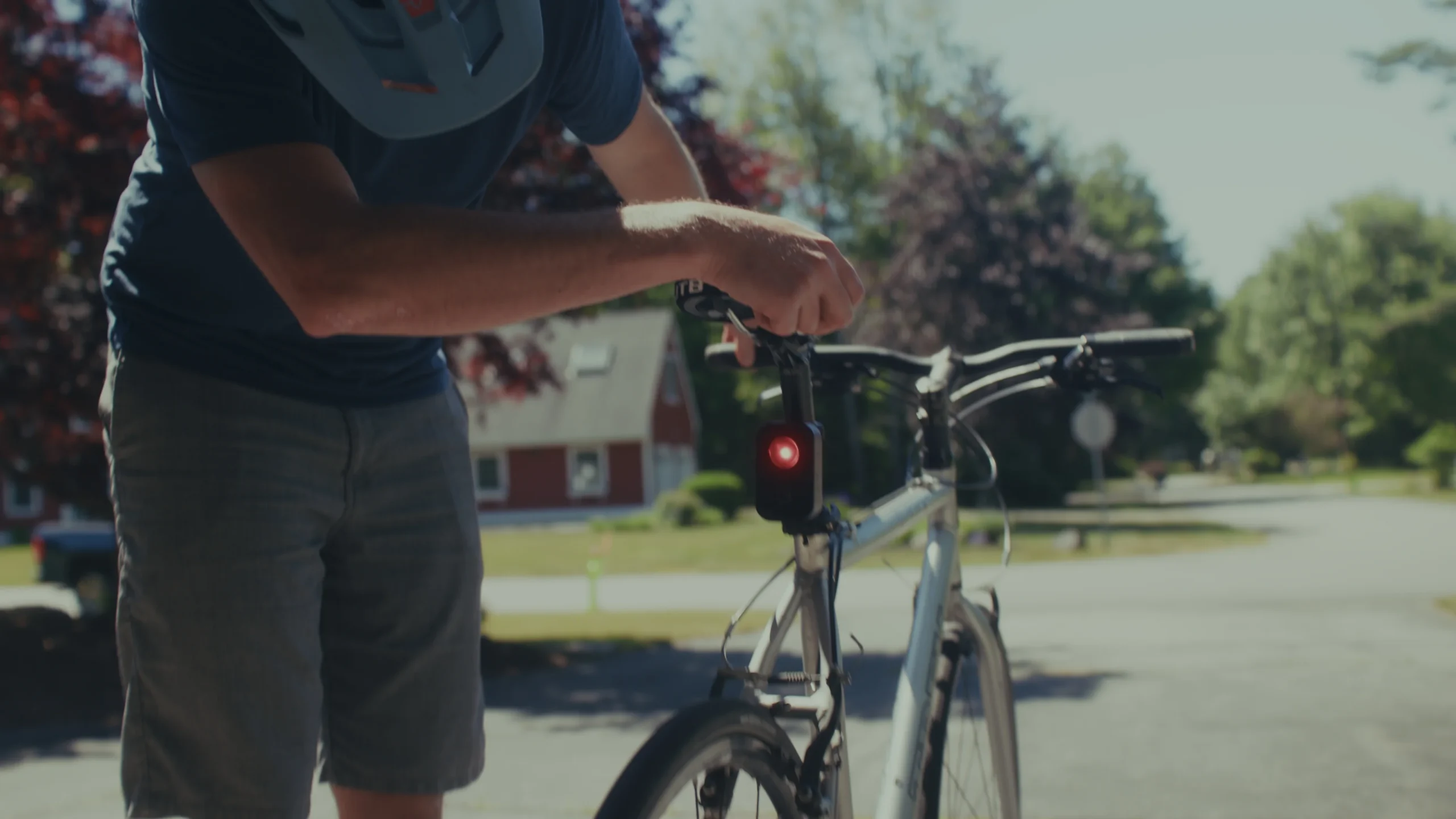
In the News
A partnership to connect asylum-seekers with outdoor spaces and a startup that makes AI-powered bike lights are among the recipients of Maine Outdoor Brands’ Trailblazer Awards this year…
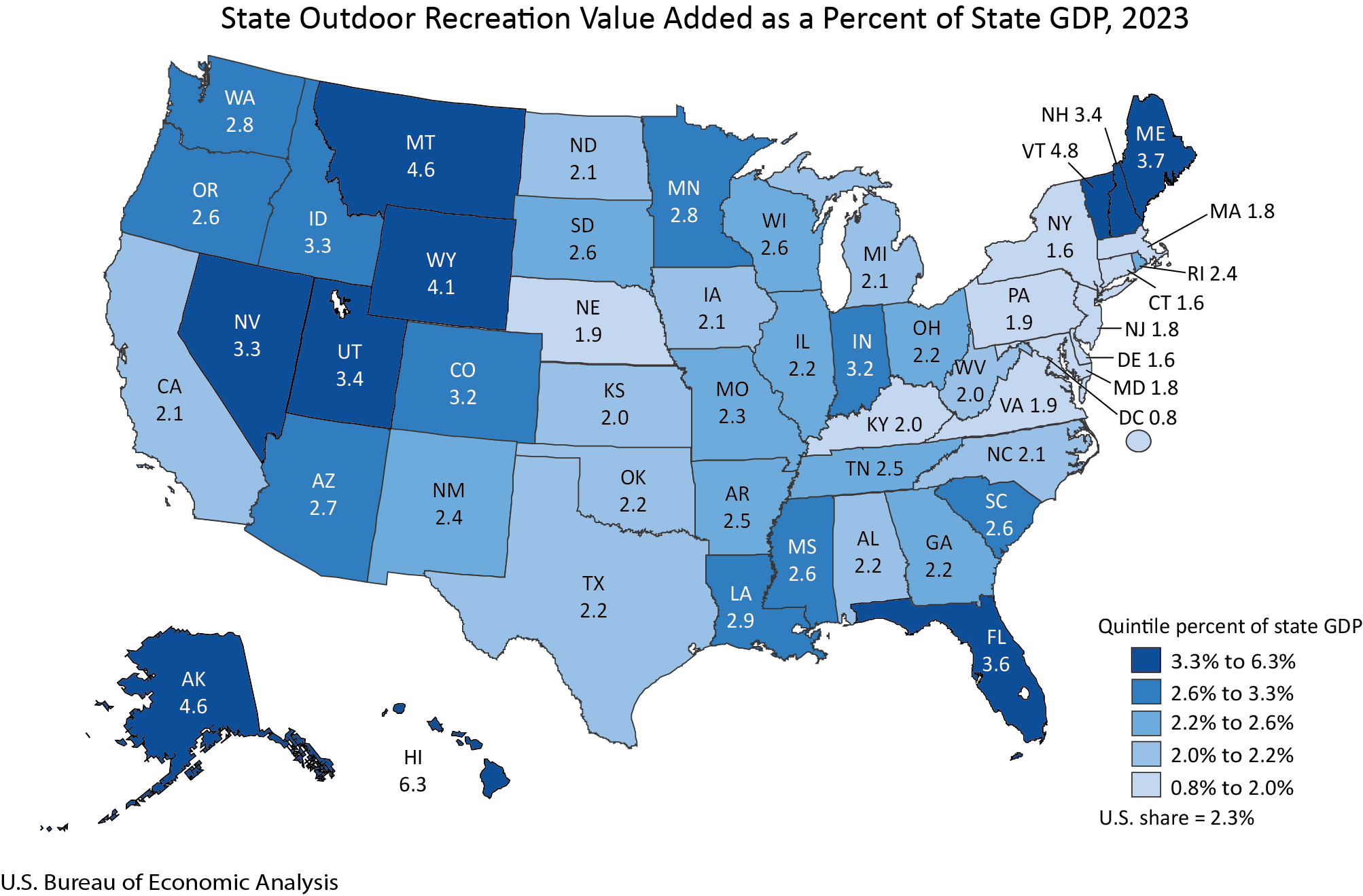
In the News
The U.S. Department of Commerce’s Bureau of Economic Analysis (BEA) has released economic data for 2023 exhibiting outdoor recreation’s positive impact on the U.S. economy…
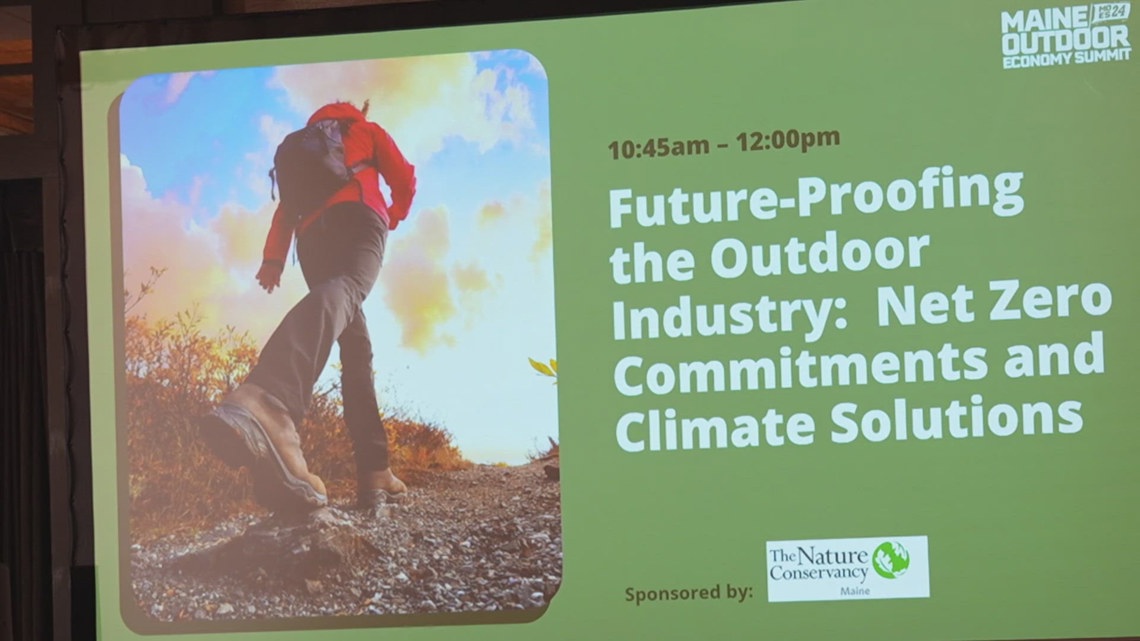
In the News
The conference comes as ski resorts open with new investments and plans for infrastructure resilience.

In the News
The Wabanaki Nations will now be able to contract with Acadia National Park to collect sweetgrass, which is used in tribal ceremonies and basket making…
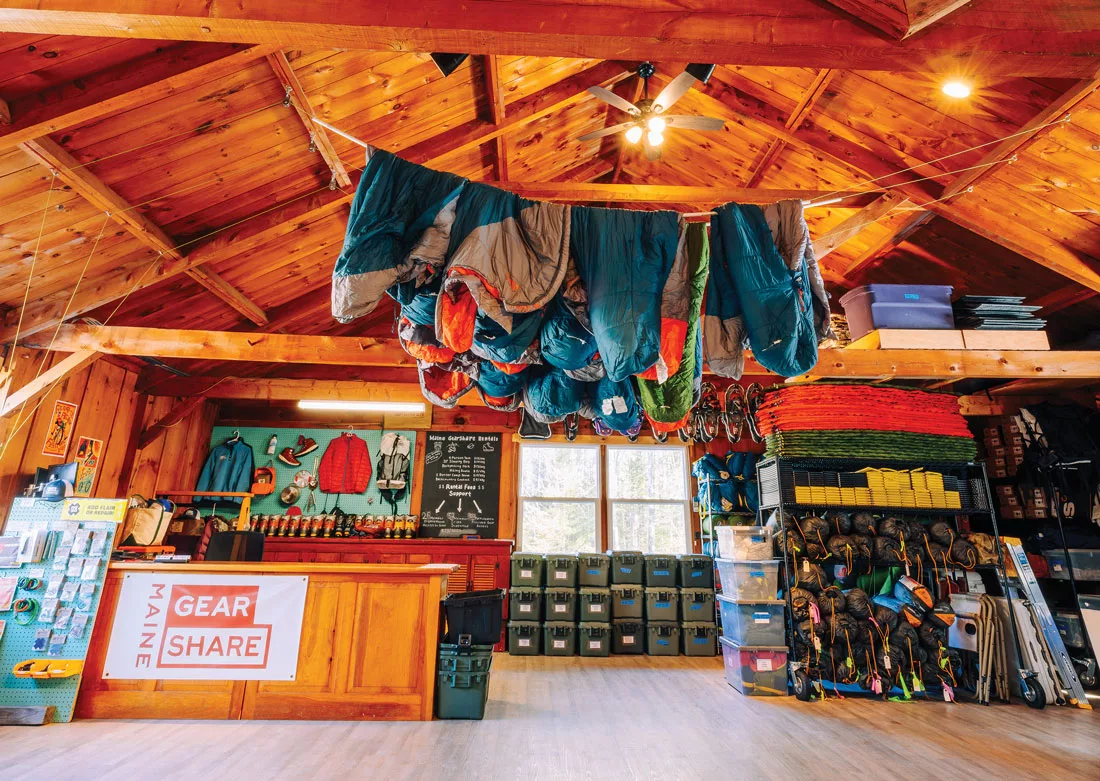
In the News
A new breed of libraries is making the great outdoors even more accessible to Mainers…

In the News
It is a bold choice to make your state’s motto “Vacationland.”
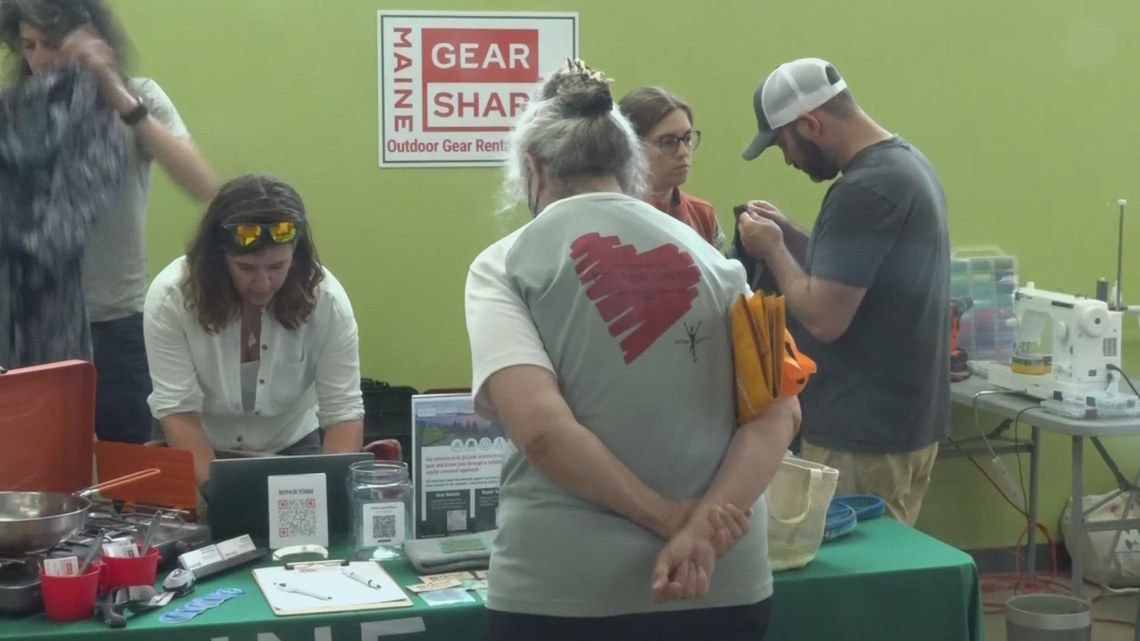
In the News
“I can shop and fix my awesome wallet, so I’m super psyched,” Alison Hamlin said…
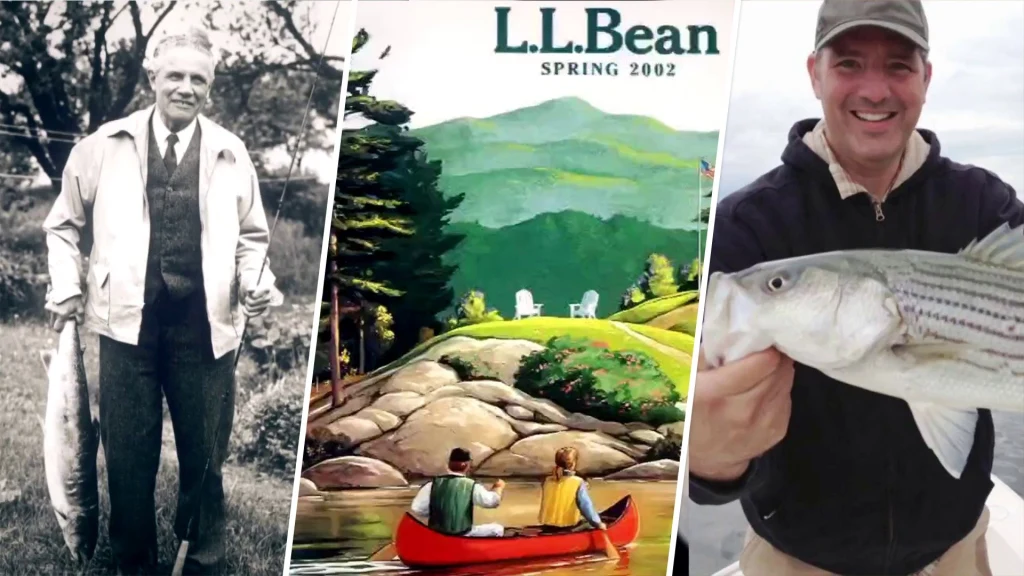
In the News
For more than 100 years L.L. Bean has been a name synonymous with the great outdoors. Shawn Gorman, the great-grandson of the founder, sits down with TODAY’s AL Roker to dive into the brand’s history and its commitment to service…
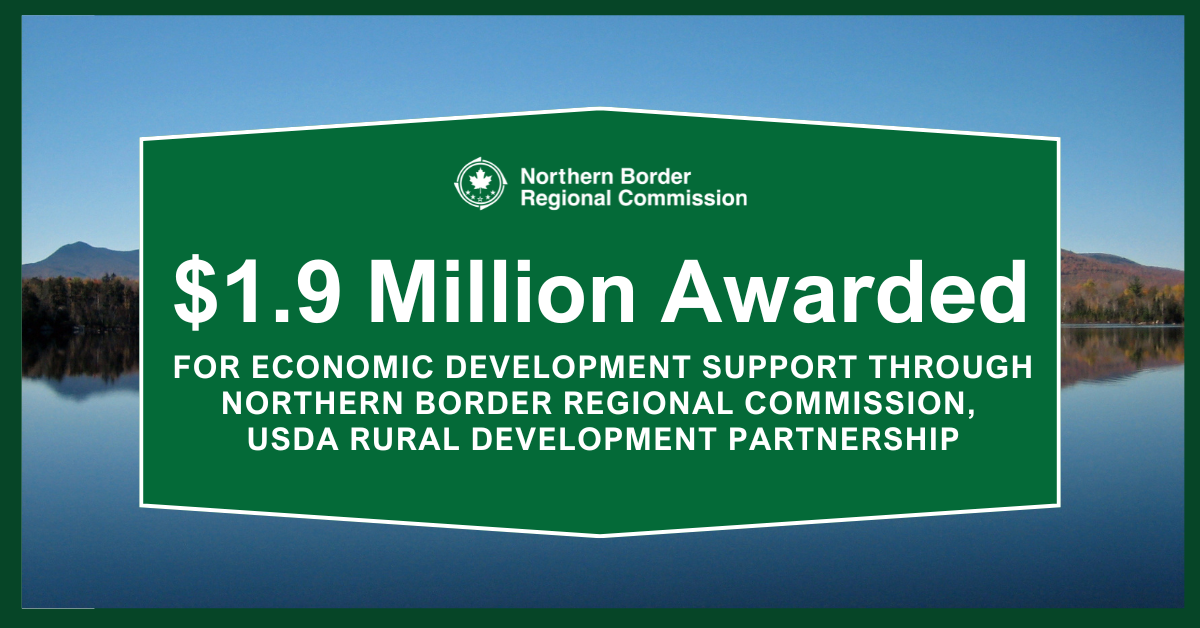
In the News
Today, the Northern Border Regional Commission (NBRC) and U.S. Department of Agriculture Rural Development (RD) announced $1.9 million in funding for economic-development projects in Maine, New Hampshire, New York and Vermont…
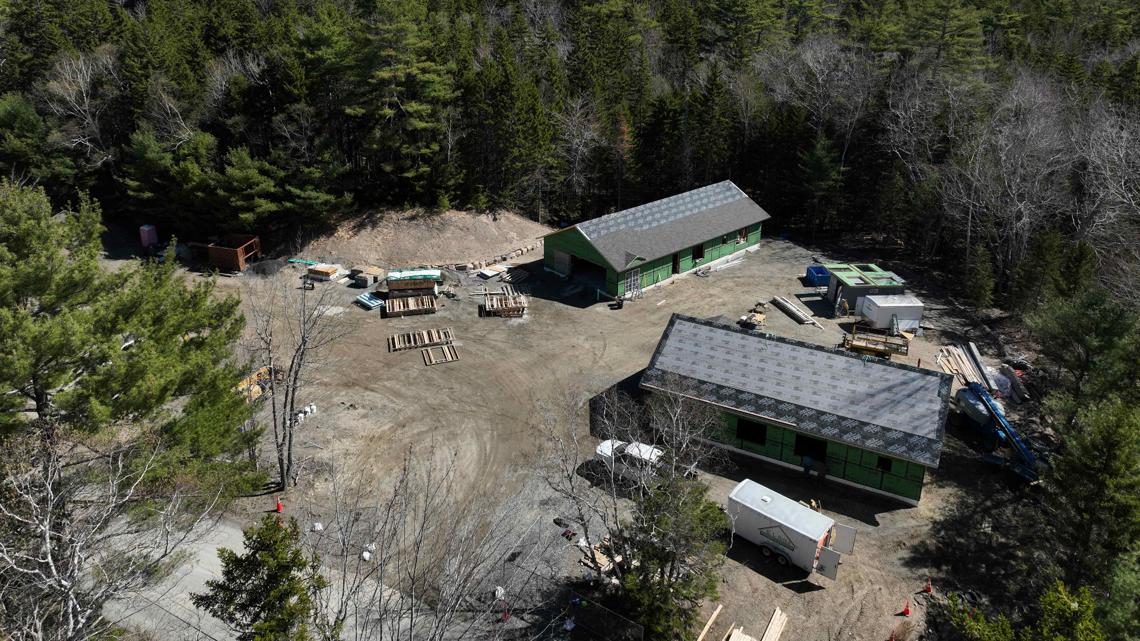
In the News
To remedy the problem, Friends of Acadia announced Wednesday a “Raise the Roof” campaign to start creating new bunk houses…

In the News
The Outdoor Recreation Roundtable (ORR) hosted the first-ever National Outdoor Recreation Executive Forum in the nation’s capital yesterday. The forum followed a meeting on Monday with key White House officials around the economic impact of the outdoor recreation industry on the U.S. economy.
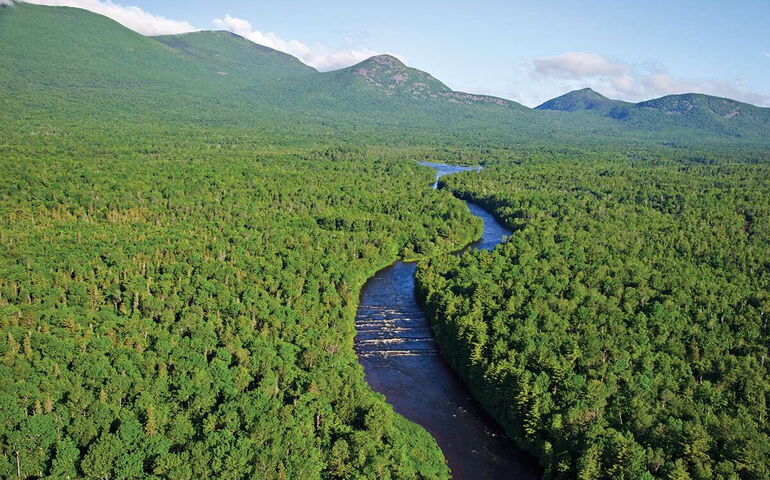
In the News
Proposed federal legislation would allow the National Park Service to acquire up to 2,465 acres from willing landowners to improve transportation in and out from Katahdin Woods and Waters National Monument, according to a spokesperson with the office of U.S. Sen. Angus King.
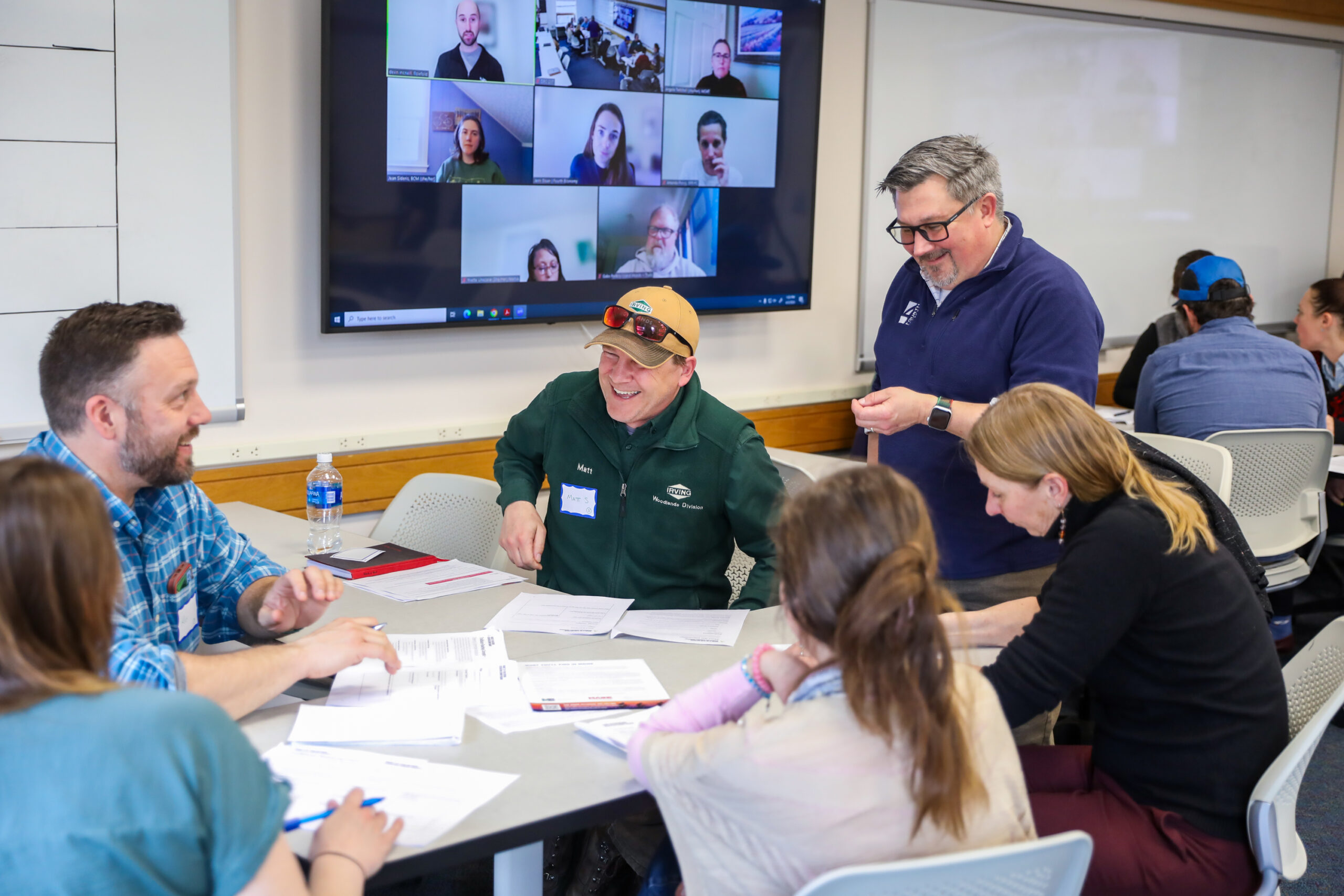
In the News
The next engagement phase of the Roadmap project is a series of in-person workshops aroundspecific topics that have emerged through data analysis and interviews. The sessionsare facilitated, action-oriented workshops that will help build ideas into concretestrategies to support the Roadmap.

In the News
Maine Outdoor Brands, the University of Maine, and the Maine Office of Outdoor Recreation have joined forces to initiate the Maine Outdoor Recreation Economy Roadmap, an initiative set to catalyze sustainable growth and diversification within Maine’s vibrant outdoor recreation industry.
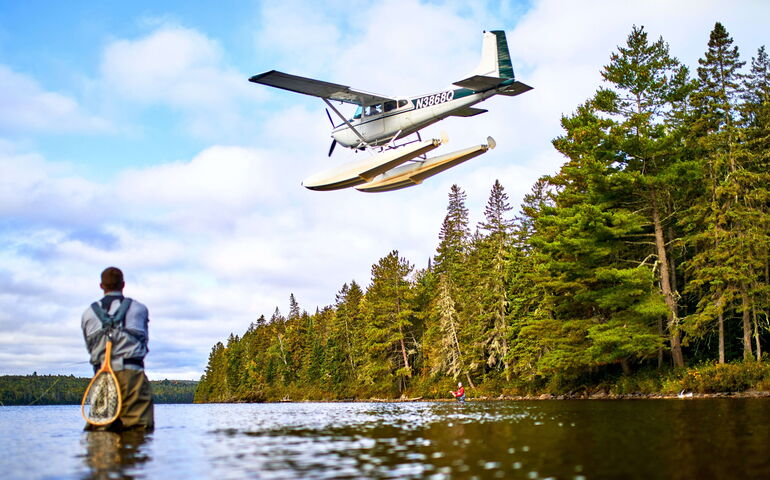
In the News
Outdoor recreation contributed $3.3 billion to Maine’s economy in 2022 — nearly 4% of the gross domestic product — and now stakeholders have joined forces to grow the that amount. (Mainebiz)
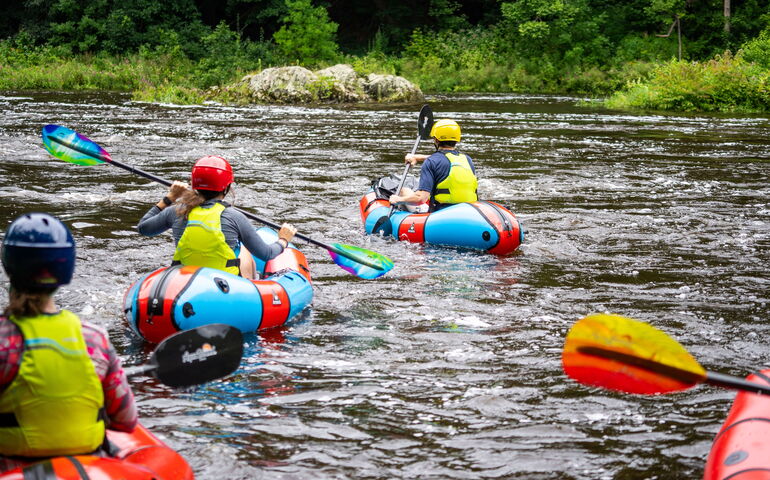
In the News
Maine’s outdoor recreation economy surged 16.5% in 2022 to generate $3.3 billion in gross domestic product, a new report by the U.S. Department of Commerce shows. (Mainebiz)
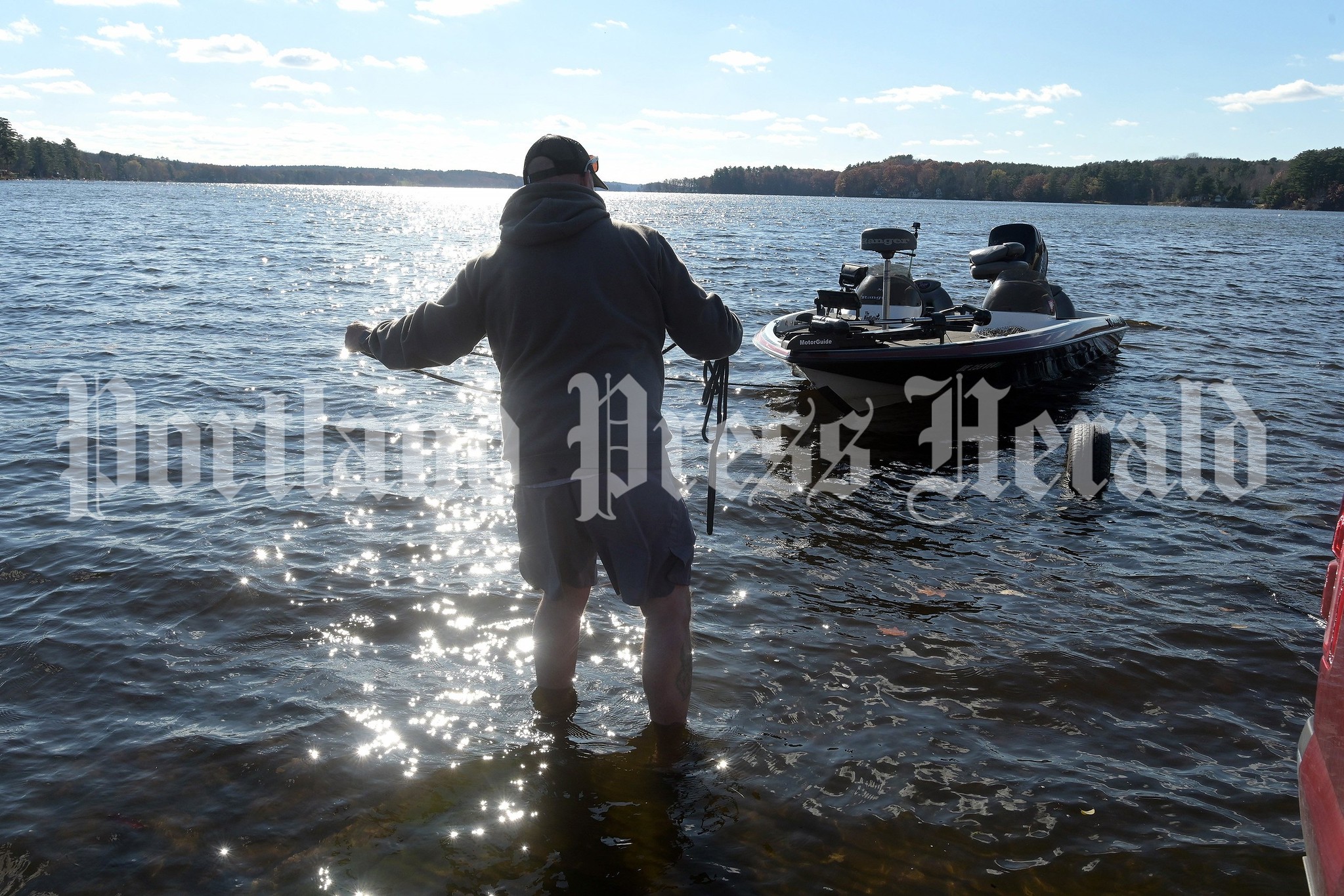
In the News
Outdoor recreation accounted for $3.3 billion in economic activity, or nearly 4% of the state’s GDP. That’s the 6th-highest percentage of any state. (Portland Press Herald)
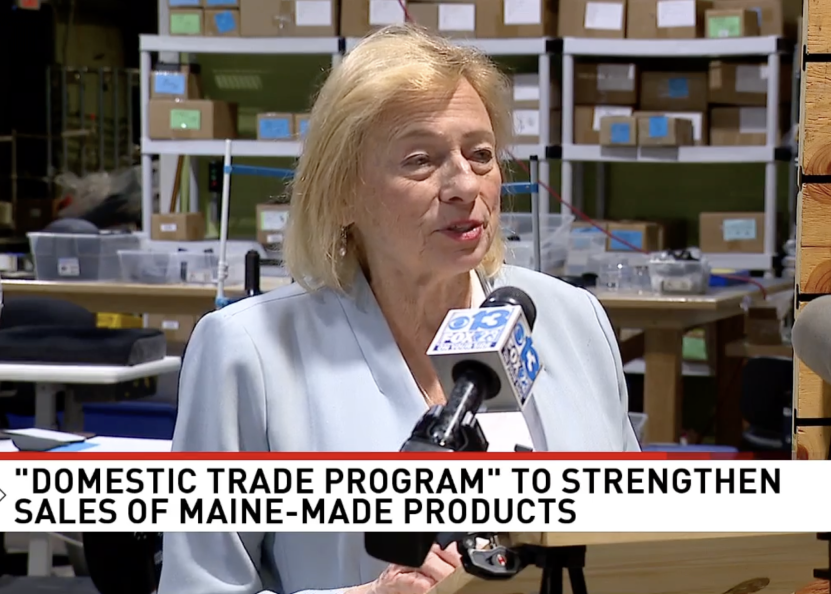
In the News
Governor Mills has unveiled a new domestic trade program to help Maine businesses grow and thrive. The program itself is modeled off an initiative that helped outdoor rec company Flowfold “increase its exposure, strengthen brand recognition, and secure new sales outside of the state.”
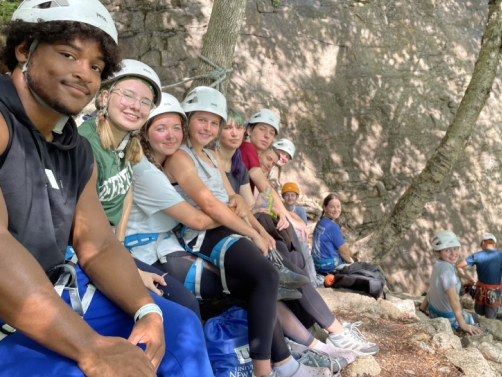
In the News
The University of New England (UNE) recently announced a “new pioneering bachelor’s degree in outdoor business and innovation.” It’s a new first-of-its-kind major that will offer paid internships and experiential coursework to grow the next generation of leaders in Maine’s outdoor industry.

Goals of the roadmap
A
Provide a current analysis of the economic value of the outdoor economy to the State of Maine.
B
Define and increase awareness of the different sectors that make up Maine’s outdoor recreation economy.
C
Identify key strategies and investment needed to fuel the growth and diversification of the outdoor economy state-wide for the next 10 years.
D
Form partnerships and collaborations necessary to secure additional investment to implement the strategies identified.



We want to hear from you!
You — yes, you — can help shape Maine’s Outdoor Recreation Economy. What’s your favorite outdoor experience in Maine? What current outdoor recreation programs or initiatives are working well? How do you think we can supercharge the outdoor sector in Maine?
If you are a volunteer-led or limited-resourced organization and want to partner with us, please check the Plan Ambassador box below and we will reach out to discuss how we can work together.
Fill out the form below to have your voice heard!
Thank you for your submission!
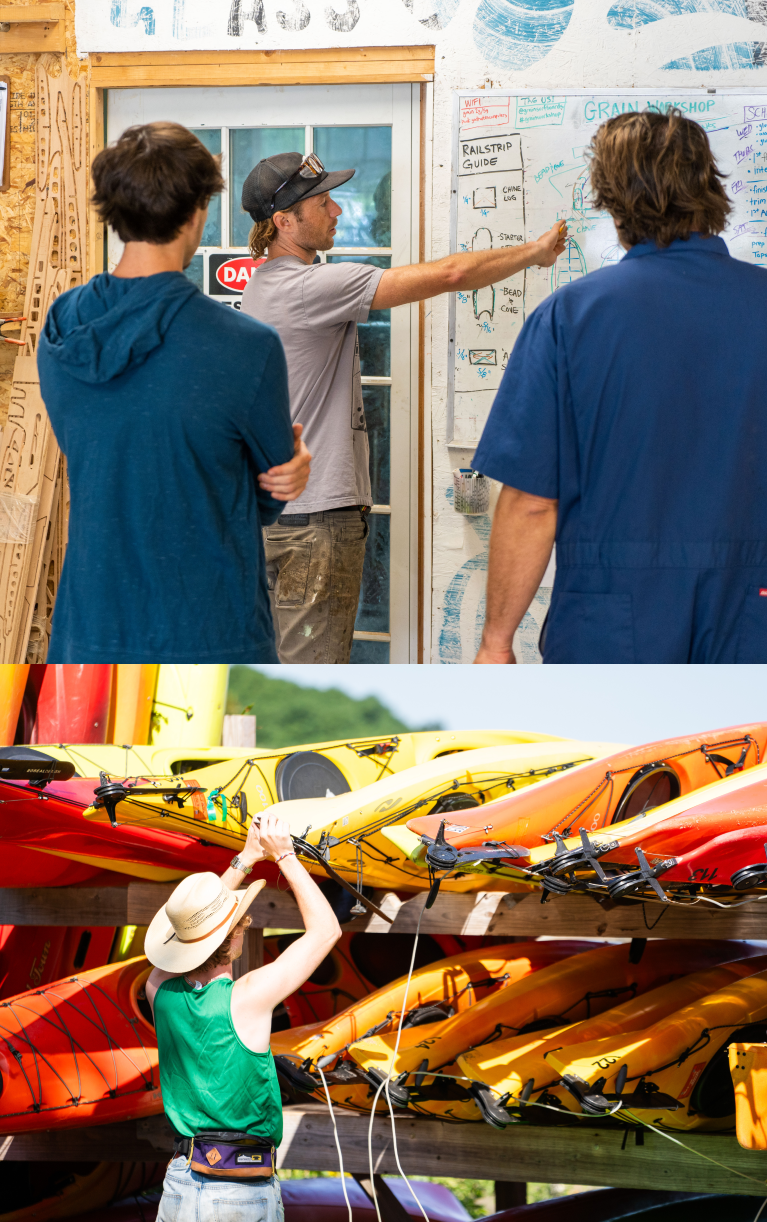
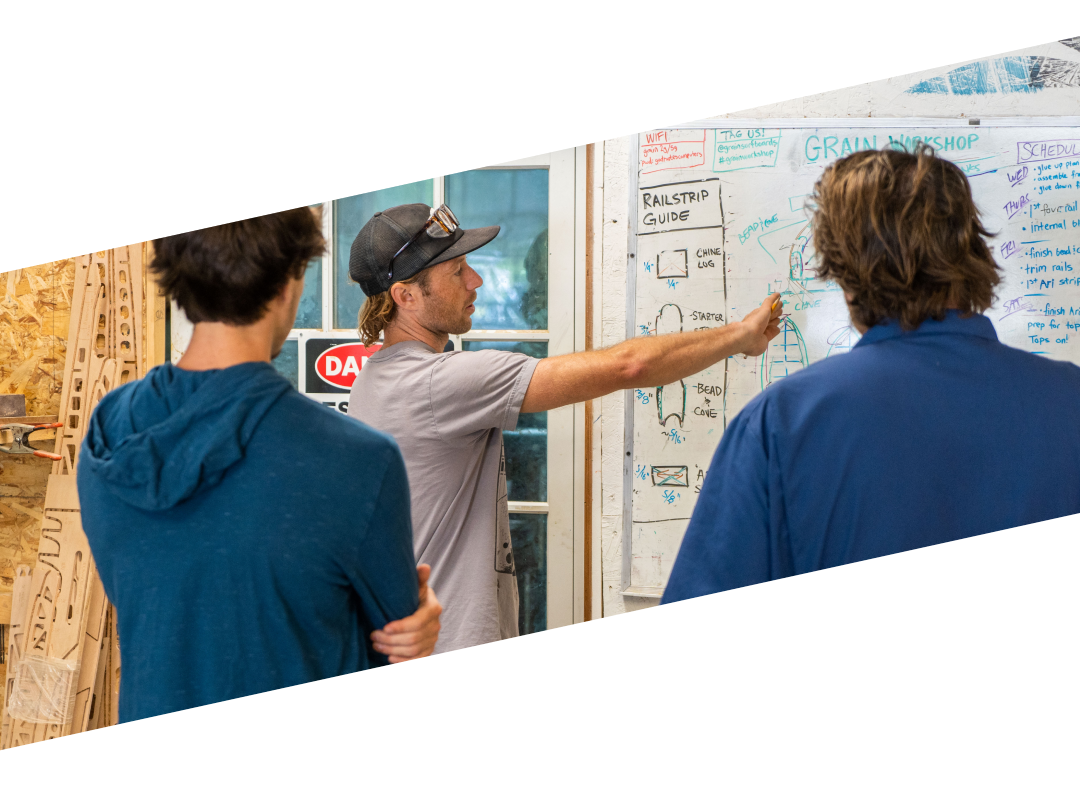
Why is maine’s outdoor recreation economy important?
Maine’s outdoor recreation economy reflects the importance of the outdoors to Mainer’s and visitors alike. It contributes nearly $3 billion each year to Maine’s economy and accounts for almost 5% of all jobs in the state. Maine’s natural wonder is unparalleled, with over 3,000 miles of coastline, 17 million acres of forestland, 2,000 coastal islands, and 6,000 lakes and ponds. We believe Maine is just cracking the surface of what’s possible in the state’s outdoor rec economy. Every great adventure needs a guide — for Maine’s future, that guide is The Roadmap.
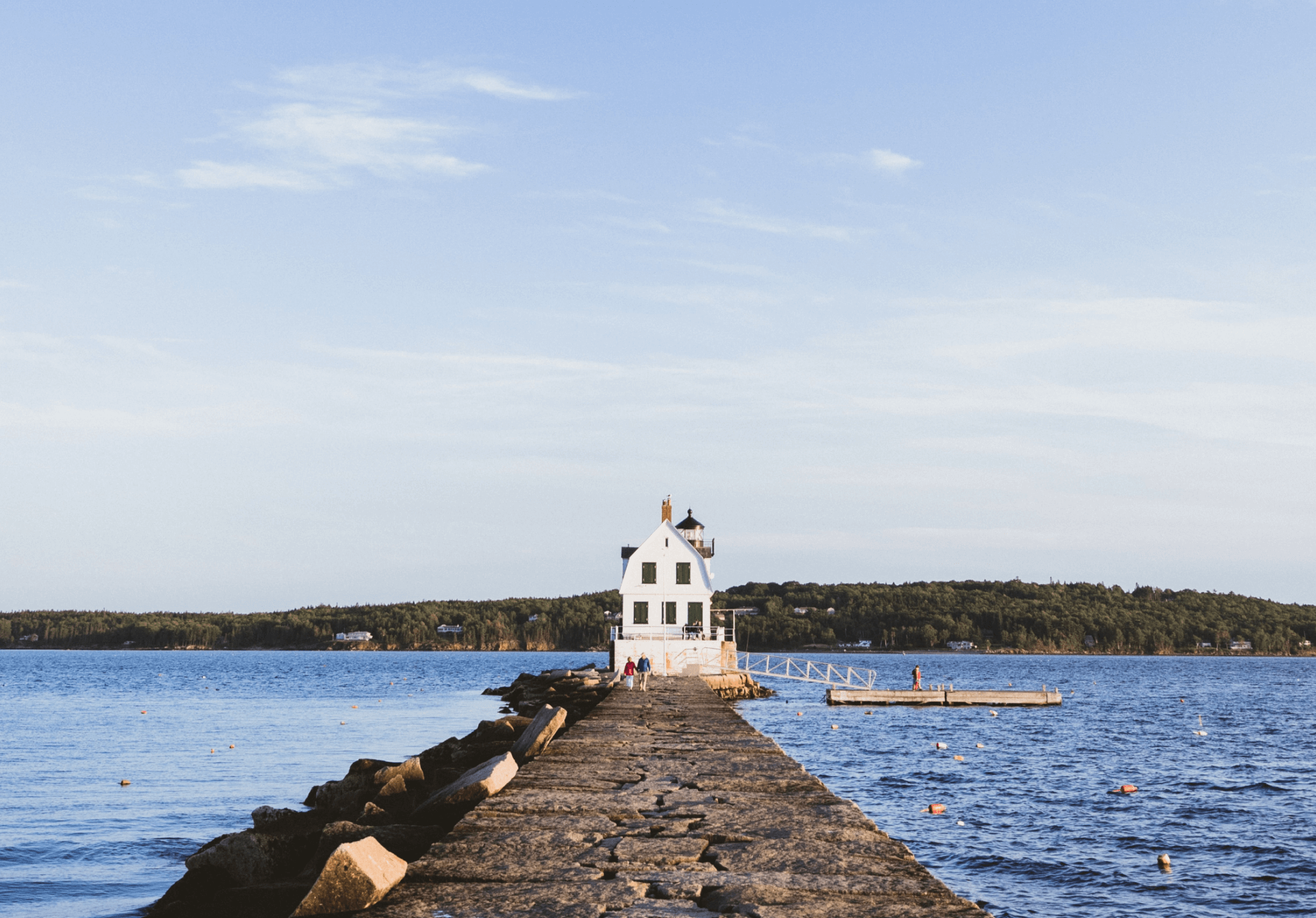
How will the roadmap be developed?
The planning effort for The Roadmap will include extensive outreach to stakeholders as well as data collection and global benchmarking. This work is intended to complement related past and present planning efforts in the state, with a singular focus on the outdoor recreation industry. Just as expansive as Maine’s natural beauty is the state’s wide array of voices. We want to hear from all of them.

Roadmap timeline
A summary of activities and expected timeline is below.
Nov. 2023
Initial economic data gathering beings
Nov. – Dec. 2023
Steering Committee formed
Nov. – Apr. 2024
Stakeholder listening sessions and focus groups including at the Maine Outdoor Economy Summit Nov. 29 – Dec. 1
May 2024
Draft Roadmap completed
Summer – fall 2024
Gather and incorporate feedback on draft Roadmap
Fall 2024
Launch and begin implementation



WHO IS INVOLVED?
The Roadmap is being developed under the leadership of a multi-disciplinary “Core Team”:
The Core Leadership Team is being supported by the Steering Committee. The Steering Committee is made up of approximately 20 individuals representing the manufacturing, retail, and service sectors of the outdoor recreation industry, as well as individuals from tribal nations, industry associations, nonprofit organizations, conservation agencies and organizations, land trusts, large landowners, economic and business development entities, and educational institutions.






